Falafel is a flavorful, and iconic dish of Middle Eastern origin that has found a place in food lovers’ hearts worldwide. People ask: what is falafel made of? Falafel is an easily prepared dish that can be a tasty and healthy meal for vegetarians and vegans, with rich herbaceous, and earthy flavors that are accented with savory notes. Well, that is a good question; what is falafel made of, and what makes it so delicious?
Below is a comprehensive guide on the history of falafel, its key ingredients, its nutritional value, classic recipes, and tips to prepare falafel at home.
Where Is Falafel From?
Besides the normal question of what is falafel made of, people also wonder about its origin. Falafel’s exact origins have long been debated, as several countries lay claim to this beloved dish. The most popular theory suggests that falafel was created in Egypt, where Coptic Christians consumed it as a replacement for meat during Lent. So, about the question of what is falafel made of, in Egypt, falafel is traditionally made with fava beans, unlike the chickpea-based version found in other parts of the Middle East.
From Egypt, falafel spread to other parts of the Middle East, including Lebanon, Palestine, and Syria, where chickpeas were introduced into the recipe. Today, falafel can be found in restaurants and street food stalls from New York to London, where its delicious flavor and versatile uses make it a go-to meal for many.
Are Falafels Healthy?
Besides what is falafel made of, other questions arise: Is falafel healthy? Is falafel vegetarian? To answer, falafel is a plant-based dish that is often considered a healthy alternative to meat, but its health benefits depend on how it’s prepared. The primary ingredients in traditional falafel, such as chickpeas, fava beans, and spices, offer various nutritional advantages:
- Rich in Protein: Chickpeas and fava beans are excellent sources of plant-based protein, making falafel a good option for vegetarians and vegans looking to increase their protein intake.
- High in Fiber: Both chickpeas and fava beans are also rich in dietary fiber that helps promote digestive health and helps regulate blood sugar levels.
- Low in Saturated Fat: When baked, falafel is low in saturated fat, making it a heart-healthy option.
- Antioxidant and Anti-Inflamatory: Falafel spices and herbs used such as cumin, coriander, and parsley contribute to its healthfulness by offering antioxidant and anti-inflammatory properties.
So, this is the answer to: Is falafel healthy? But, like any food, the healthiness of falafel depends on how it’s prepared as the traditional falafel is often deep-fried, which can add a significant amount of fat and calories.
Opting for a baked falafel recipe or using healthier oils for frying, such as olive oil, can significantly reduce its fat content while preserving its rich flavor. Additionally, falafel is typically served with fresh vegetables and whole grains, further contributing to its nutritional profile.
What Is Falafel Made Of? Exploring Its Key Ingredients
Coming to our main question: what is falafel made of? At its core, falafel is made from a combination of ground legumes, herbs, and spices. The most common version uses chickpeas, but as previously mentioned, fava beans are also a popular base, especially in Egypt. Below are the essential ingredients in traditional falafel which will make it clear what is falafel made of:
- Chickpeas
The star ingredient in falafel is chickpeas which are soaked overnight to give them a slightly nutty flavor and a firm texture that makes them ideal for shaping into patties or balls. So, when you are asking: Is falafel vegetarian or not, you will find that chickpeas are rich in plant-based protein, making falafel a hearty, satisfying dish that is also filling.
- Fava Beans
While less common outside of Egypt, fava beans are often used instead of chickpeas to make falafel. These beans provide a different flavor and texture—denser and more earthy than their chickpea counterpart. Egyptian falafel, also known as “ta’ameya,” is typically green from the abundance of herbs like parsley, leeks, and cilantro mixed with the fava beans.
- Onions
Onions add a sharpness and depth of flavor to falafel. Whether yellow or red onions are used, they provide a savory base that complements the spices.
- Garlic
Garlic adds a pungent and aromatic flavor that elevates the dish as well as pairing well with the herbs and spices, giving falafel its distinctive taste.
- Herbs
Herbs are a crucial part of what is falafel made of. Parsley, leeks, and cilantro are the main herbs used in falafel, especially in the Egyptian falafel version, contributing a fresh, bright taste. These herbs also give the falafel a vibrant green interior, particularly when blended with chickpeas or fava beans. Mint is occasionally used in certain regional variations, adding a refreshing twist.
- Spices
Spices are the backbone of what is falafel made of. Spices such as cumin, coriander, and paprika are essential to giving falafel its warm, earthy flavor. Some recipes may also include a hint of cayenne pepper for heat.
- Baking Soda
These are sometimes added to the mixture to help bind the ingredients and achieve a light, fluffy interior.
- Eggs
Eggs are not traditionally used in falafel but can serve as a binding agent in some recipes, especially if the mixture is too crumbly. They help hold the ingredients together during frying or baking, ensuring the falafel maintains its shape, resulting in a cohesive texture and preventing breakage.
Read Also: Can I substitute Creole seasoning for Cajun seasoning?
The Flavorful Herbs and Spices in Falafel
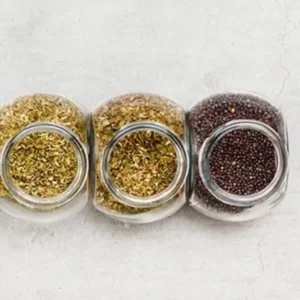
As mentioned earlier, falafel spices are the backbone of what is falafel made of, as falafel’s bold flavor profile comes from a well-balanced mix of herbs and spices that are typical of Middle Eastern cuisine. These falafel spices not only add flavor but also provide health benefits when eating falafel. Here are the most commonly used falafel spices:
- Cumin
Cumin is the most important spice of what is falafel made of, as it gives falafel its earthy, warm flavor. It is one of the most essential spices in the blend, offering a smoky undertone that complements the chickpeas and garlic.
- Coriander
Ground coriander is another key spice in falafel. It adds citrusy, floral notes that balance the richness of the legumes and fried exterior.
- Paprika
Some recipes include paprika for a subtle heat and depth of flavor. It also adds a slightly reddish hue to the falafel.
- Black Pepper
Ground black pepper provides just the right amount of heat, accentuating the other spices without overpowering them.
- Salt
Salt enhances the overall flavor, making each ingredient stand out more prominently.
- Herbs
Parsley and cilantro add a fresh, vibrant flavor, creating a unique balance of hearty and refreshing flavors. Also, leeks are a popular ingredient of what is falafel made of, especially in Egyptian falafel recipes as they contribute a subtle onion-like flavor to falafel, elevating its taste profile.
- Garlic and Onion
Including garlic and onion in falafel is essential for creating a well-rounded flavor profile. Their combination adds complexity, as garlic brings sharpness and onion delivers a subtle sweetness. Together, they amplify the spices and herbs, ensuring the falafel is flavorful, rich, and aromatic.
Read More about Falafel Spices: Falafel Spice | Ingredients, Uses and Recipe
Classic Middle Eastern Recipes
With slight variations of what is falafel made of, Middle Eastern countries each have their own ingredients and methods for falafel making. Here are a few of the most popular and what are described as “easy falafel recipes”:
1. Egyptian Ta’ameya
Egypt has authentic ingredients of what is falafel made of, as it is made with fava beans instead of chickpeas. This version is lighter in color and has a distinct green hue from the abundance of herbs. It is also softer in texture compared to its chickpea-based counterpart.
2. Lebanese Falafel
Uses a mixture of chickpeas and fava beans, often paired with tahini sauce and pickles. Lebanese falafel tends to be crunchier due to its chickpea content.
Here are also some of the traditional ways it is served:
1. Falafel Sandwich (Pita Bread with Falafel)
One of the most common ways to enjoy falafel is stuffed inside a pita bread, accompanied by fresh vegetables like tomatoes, cucumbers, and lettuce. The sandwich is often topped with tahini or hummus for added creaminess.
2. Falafel Platter
A falafel platter usually includes falafel served alongside other Middle Eastern staples like hummus, tabbouleh, and baba ghanoush. It’s often paired with flatbreads and pickled vegetables.
3. Falafel Salad
For a lighter option, falafel can be served on a bed of greens with a drizzle of tahini dressing. This makes for a nutritious, gluten-free meal.
4. Falafel Mezze
Mezze is a collection of small dishes served as appetizers or a light meal. Falafel is often part of a mezze platter, along with dishes like hummus, labneh, and stuffed grape leaves.
Preparing and Cooking Falafel: A Step-by-Step Guide

First of all, begin by soaking dried chickpeas or fava beans overnight in cold water, as this step helps soften them and make them easier to blend. After that, and after knowing what is falafel made of, start following this recipe:
Ingredients
- 2 cups dried chickpeas or fava beans, soaked overnight or at least 2 hours
- 1 small onion, chopped
- 4 garlic cloves, minced
- ½ cup fresh parsley
- ½ cup fresh cilantro
- Small bunch of leek
- ½ tbsp ground cumin
- 2 tsp ground coriander
- Salt and pepper to taste
- 1/2 tsp baking soda
- 2 eggs
- Oil for frying
Detailed Instructions
- Drain The Soaked Chickpeas Or Fava Beans: Drain chickpeas or fava beans and add them to a food processor along with onions, garlic, parsley, cilantro, leek, coriander, cumin, salt, and pepper, then pulse until the mixture resembles coarse sand.
Note: Cut herbs ( Parsley, Cilantro, and leeks) into small pieces first before pulsing them.
- Add Baking Soda and Eggs: Transfer the mixture to a bowl and stir in the baking soda and eggs, then let it sit for about 30 minutes.
- Make Patties: Form the mixture into Balls by using your hands or a falafel scoop to shape the mixture into small balls or patties. If the mixture feels too loose, you can add a bit of flour or breadcrumbs to help bind it together.
- Heat Oil and Fry In Batches: Heat oil in a frying pan over medium heat and fry the falafel in batches, making sure not to overcrowd the pan, then cook for 3–5 minutes on each side or until golden brown and crispy.
- Remove Excess Oil: Remove from the oil and place on a paper towel to drain any excess oil.
- Serve Hot: Falafel is best served hot, straight from the fryer or oven. Pair it with your choice of pita bread, salads, or dipping sauces.
- Serve With Accompaniments: Serve your freshly made falafel in a pita, on a platter, or in a salad. Don’t forget to include traditional accompaniments like hummus, tahini sauce, or pickles.
Expert Tips for Making Falafel at Home
-
Soak but Don’t Cook Chickpeas
Always use dried and soaked chickpeas instead of canned ones for the best texture. Canned chickpeas will result in a mushy, less flavorful falafel.
-
Avoid Overmixing
You want the mixture to be coarse, not pureed. Overmixing will lead to dense falafel.
-
Add Baking Soda
As learned earlier about what is falafel made of, baking soda helps to make the falafel lighter and fluffier.
-
Test the Oil Temperature
If the oil is too hot, the falafel will cook too quickly on the outside but remain uncooked inside. If it’s too cold, they’ll become greasy.
-
Test a small amount first
Fry a small piece of the falafel mixture before shaping all of the falafel balls. This allows you to adjust seasoning or texture if needed.
Falafel Serving Styles: From Pitas to Platters
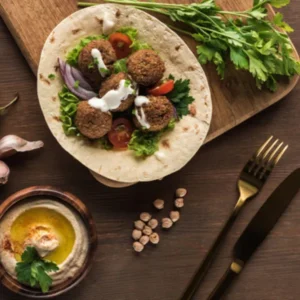
You’ve already discovered what is falafel made of and how to make it, and now it is the time to discover how can falafel be served in various ways:
- Falafel Pita Sandwich: The most common way to enjoy falafel, served in warm pita bread stuffed with fresh vegetables, hummus, and tahini sauce.
- Falafel Platter: A more deconstructed option, typically served with sides like hummus, tabbouleh, and pickled vegetables.
- Falafel Salad: A low-carb option where falafel is placed atop a bed of greens, paired with a tahini or yogurt-based dressing.
- Falafel Wrap: Similar to a sandwich but wrapped in a larger flatbread like lavash or tortillas for easier eating on the go.
- Mezze Platter: Falafel is often part of a mezze platter, served with other Middle Eastern delights like hummus, tabbouleh, and baba ganoush.
What Makes Falafel So Delicious?
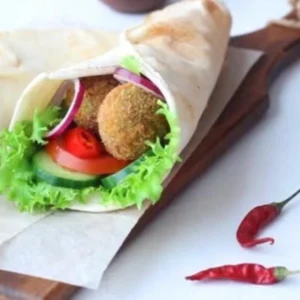
The irresistible appeal of falafel lies in its complex mix of textures and flavors. Whatever the variation you make, and what is falafel made of, crisp on the outside, soft and herby on the inside, falafel offers a satisfying bite with every mouthful. The combination of fresh herbs and spices gives it a bright and aromatic flavor profile, while the use of chickpeas or fava beans lends an earthy richness.
Furthermore, the versatility of falafel allows it to be enjoyed in many forms, from wraps to salads, making it a perfect choice for various dining occasions. When paired with tangy sauces like tahini or a squeeze of lemon juice, falafel’s flavors become even more pronounced, elevating its overall taste.
Arabic Word Origins
The word “falafel” is derived from the Arabic word “فلافل” (pronounced as “falaafil”), which itself comes from the plural form of the word “فلفل” (filfil), meaning “pepper” or “spice.” This name reflects what is falafel made of and the spiced nature of the dish, which is heavily influenced by the use of flavorful ingredients such as cumin and coriander. Over time, falafel has come to symbolize more than just food in Middle Eastern cultures, often representing community, tradition, and hospitality. The dish’s Arabic name hints at its spicy and peppery origins, emphasizing its rich use of spices.
Another theory about the name’s origin is that the word “falafel” comes from the Arabic word “فلافل” (falāfil), which means peppercorn or “small ball.” This name perfectly reflects the small, round shape of the fried or baked chickpea or fava bean balls.
Conclusion
Falafel has stood the test of time, evolving from its debated origins in Egypt as a Middle Eastern street food to a global culinary phenomenon. Although what is falafel made of varies, the simple ingredients and preparation methods make the final product come out different and unique due to the variety and complex flavors of spices and herbs used in the preparation, making it a dish that can be enjoyed by all. Using this guide, you learn what is falafel made of, the cultural background of the dish, and knowledge on how to make this tasty dish.
Start tasting this delicious dish of falafel by getting ZestyHut’s special formula of Falafel Spice Blend, which will ensure you are getting the authentic soul of falafel 100% to your kitchen.
Our Falafel Spice Blend formula is curated specially by our experts for you and for any amount you would like to make, accompanied by precise ingredients amounts and a step-by-step guide to follow easily and make the preparation process enjoyable and rewarding.
FAQs
- What is falafel made of meat?
Falafel is typically a vegetarian dish made from chickpeas or fava beans, not meat. Some modern variations might include meat, but traditional falafel is entirely plant-based, relying on beans, herbs, and spices for its flavor and texture.
- What is falafel made of chickpeas?
Falafel made from chickpeas includes ingredients like soaked chickpeas, onions, garlic, herbs (such as parsley and cilantro), spices like cumin and coriander, and flour or breadcrumbs to bind the mixture. The result is a flavorful, plant-based protein option.
- What is falafel made of canned chickpeas?
Falafel made from canned chickpeas can result in a softer, less crispy texture. It’s better to use soaked dried chickpeas for the authentic taste and consistency. Canned chickpeas tend to make the falafel mushy.
- What is a falafel sandwich made of?
A falafel sandwich consists of falafel balls or patties stuffed into pita bread, accompanied by fresh vegetables like lettuce, tomatoes, and cucumbers, and often drizzled with tahini sauce or hummus.
- What is falafel wrap made of?
A falafel wrap features falafel rolled in a flatbread or lavash, along with ingredients such as salad, pickles, and sauces like tahini, hummus, or yogurt-based dressings, offering a portable meal option.
- What is a falafel burger made of?
A falafel burger is a patty made from the traditional falafel mixture, typically consisting of chickpeas, herbs, garlic, and spices. It is served in a bun with typical burger toppings like lettuce, tomato, onions, and sauce, offering a vegetarian alternative.
- What is green falafel made of?
Green falafel gets its color from fresh herbs like parsley and cilantro, which are added to the chickpea mixture, giving the falafel its signature green interior and bright, herbaceous flavor.
- What is a falafel ball made of?
A falafel ball is made from ground chickpeas or fava beans, mixed with onions, garlic, fresh herbs like parsley and cilantro, and spices such as cumin and coriander, then the falafel mixture is shaped into small balls and deep-fried until crispy.
- Can I use Turkish spice blend in all dishes?
While Turkish spice blends can enhance the flavor of many dishes, it is best suited for Mediterranean, Middle Eastern, and North African cuisines. Its bold flavors may overpower delicate dishes, so it’s important to use it thoughtfully.

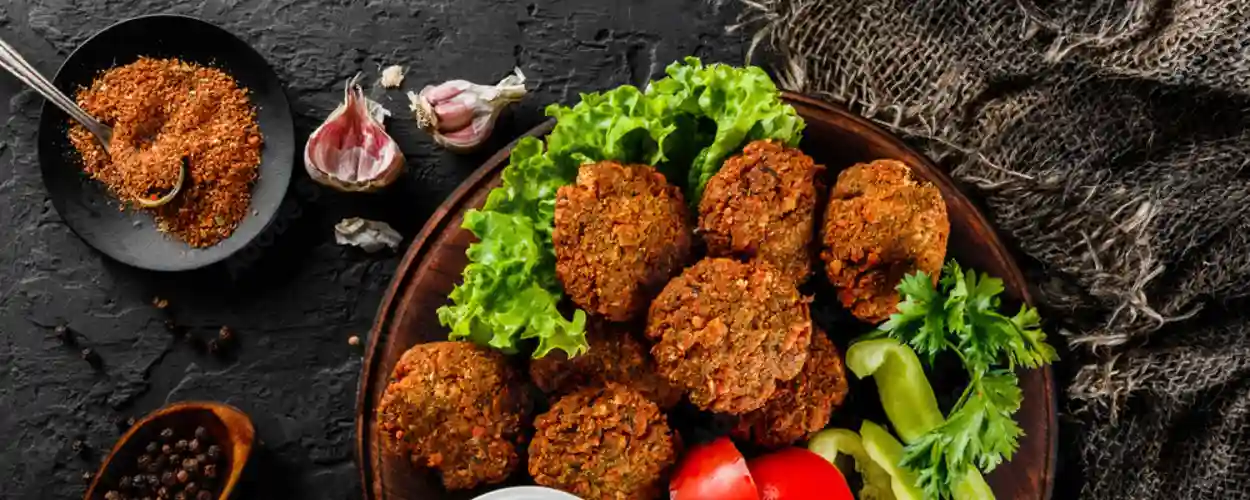
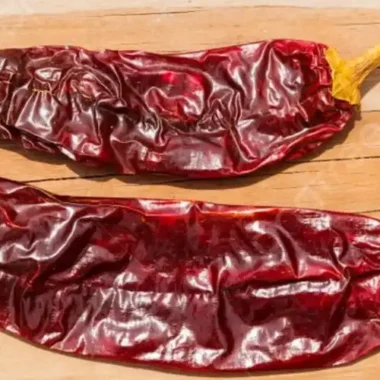
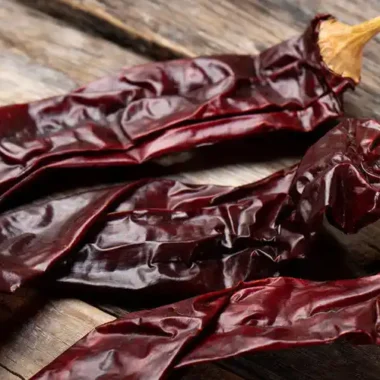
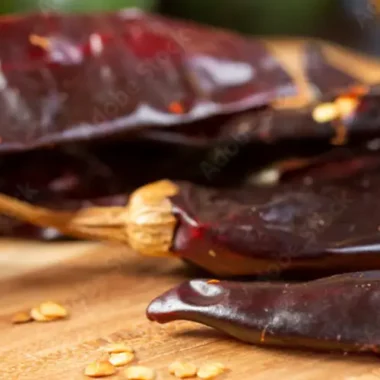

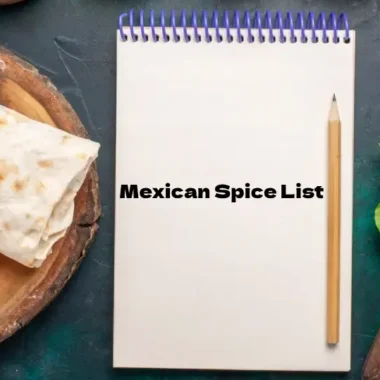
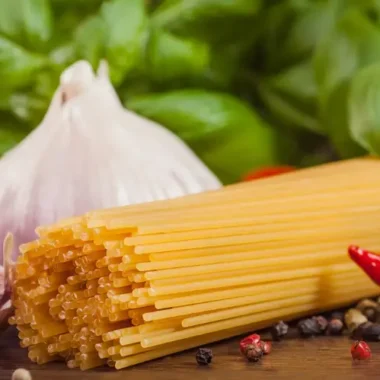
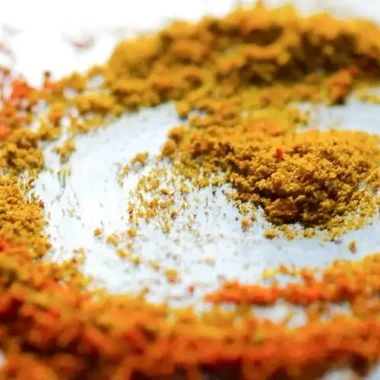
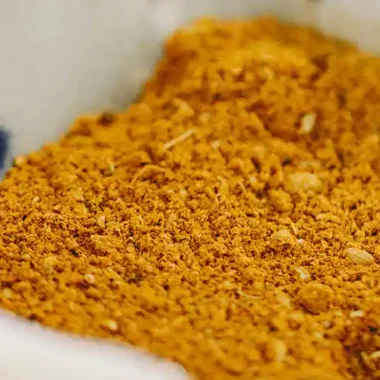
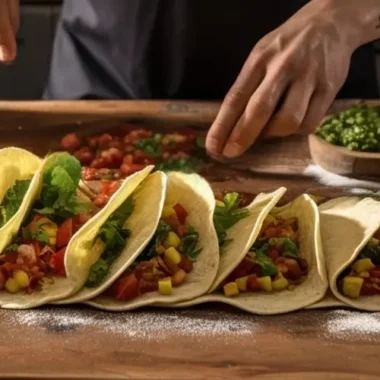
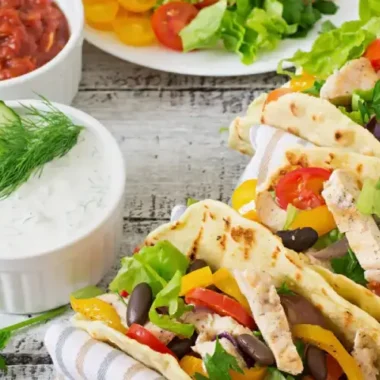









Pingback: Falafel Seasoning Guide: Traditional & Homemade Spice